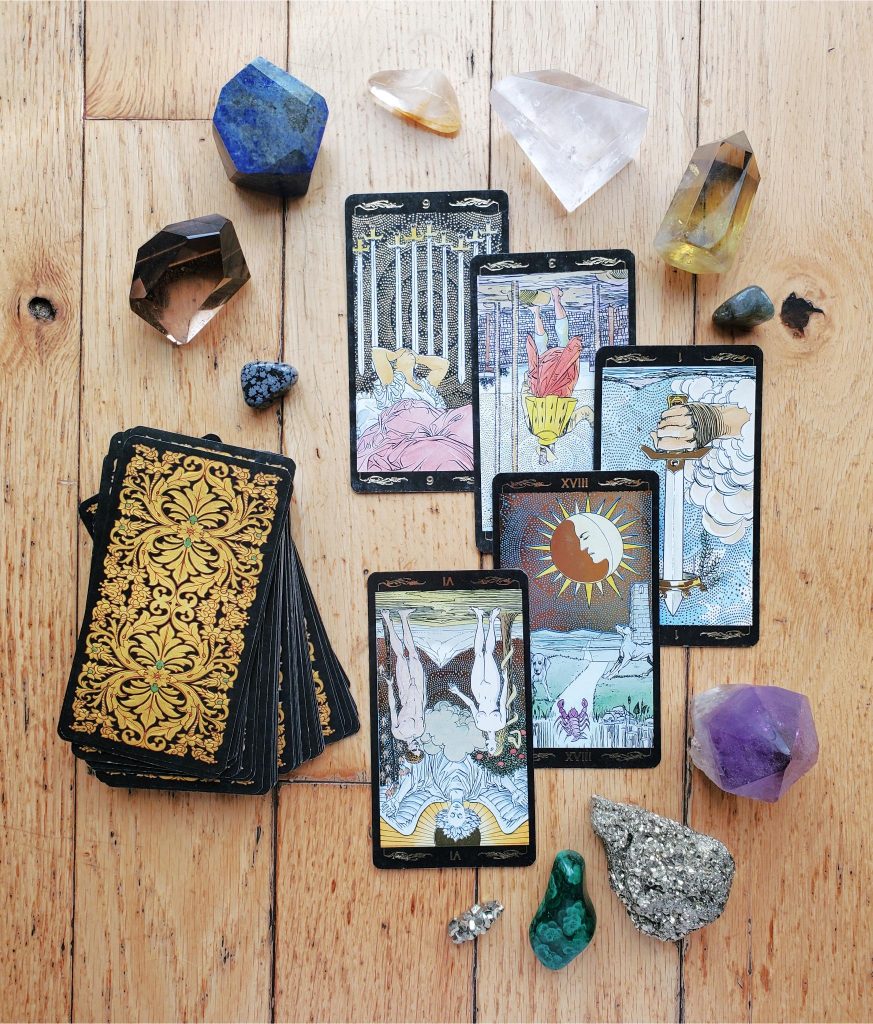Ayurveda, the science of life, has been taking care of the welfare and health of animals for thousands of years. Many of the Ayurvedic principles encouraging balance for people can also apply to our pets. It complements Western medicine for its focus on body-based harmony and imbalance prevention, as well as support during disease recovery.
HISTORICAL REFERENCE
Pashu Ayurveda, the veterinary science branch of Ayurveda, features further specialization for animals who play a significant role in the culture: Ashwa Ayurveda (for horses), Gaja Ayurveda (for elephants), Go Ayurveda (for cows), plus many more. The Shalihotra Samhita, considered the primary Ayurvedic veterinary text, includes animal focused care using principles, herbal remedies, and care practices adapted from the human side. Other classical writings such as Charaka Samhita, the Matsya Purana, and Garuda Purana also include references to veterinary care.

MODERN DAY APPLICATION
While a majority of the historical writings relate to animals of agricultural significance, we can still apply Ayurvedic principles to our companion animals. Understanding our pets in a state of balance (prakrit) or imbalance (vikruti) utilizing tridoshic theory offers a customized approach to wellness and supports a sattvic life.
Vata dosha relates to the elements of Air and Ether. Qualities include dry, cold, light, mobile, clear, rough, irregular and subtle. Vata is the kinetic energy in the body and nervous system, and controls bodily movement. Imbalances can look like neurological disorders, vomiting, diarrhea, and anxiety conditions. Preventing imbalances can look like warming cooked diets including beef or pork, slowly introducing anything “new”, and interacting with your pet from an energetically grounded place.
Pitta dosha relates to the elements of Fire and Water. Qualities include slightly oily, hot, intense, light, fluid, sour/malodorous, mobile, and liquid. Pitta governs digestion, absorption, assimilation, nutrition, metabolism, and body temperature. Imbalances can look like obsessive behaviors, fighting tendencies, or inflammatory conditions. Preventing imbalances can look like utilizing a cooling diet, such as white fish or turkey, calming practices of routine, and giving our driven pets “jobs” to do through training, sport events, and social play.
Kapha dosha relates to the elements of Water and Earth. Qualities include oily, cold, heavy, stable, viscous, smooth, and dense. Kapha controls body stability, structure, and lubrication. Imbalances can look like respiratory problems, allergies, tendencies towards weight gain, and lethargy. Preventing imbalances can include exercising consistently and utilizing fiber rich foods such as cooked pumpkin or boiled sweet potato, while avoiding heavily processed foods and treats.
YOUR PET’S CONSTITUTION QUESTIONNAIRE
Whether it’s your Kapha cat occasionally dealing with furballs or your Pitta pooch and his summertime hot spots, we can look at these patterns through the lens of Ayurveda to guide us in integrative pet care.
Go through and circle which best represents your pet currently. Add the values in each column, and you have an insight into your pet’s tendencies or what areas may be out of balance*:
Information in this article is intended to be for educational purposes only and does not substitute professional medical advice or consultations with a licensed veterinary professional.
Laura Willenbring lives a life of curious fascination with the natural world, never without a book on hand or a question on her heart. A 500hr RYT and RPYT with thousands of hours of study and practice, she’s currently completing her Ayurvedic Health Counselor requirements. Along with yoga, Laura is a licensed and practicing integrated veterinarian focusing on Traditional Chinese Veterinary Medicine, acupuncture, food therapy, herbal medicine, public health, and food safety. She recognizes the intersectionality of the human-animal bond, and the value of integrated practices for people as well as pets.

























